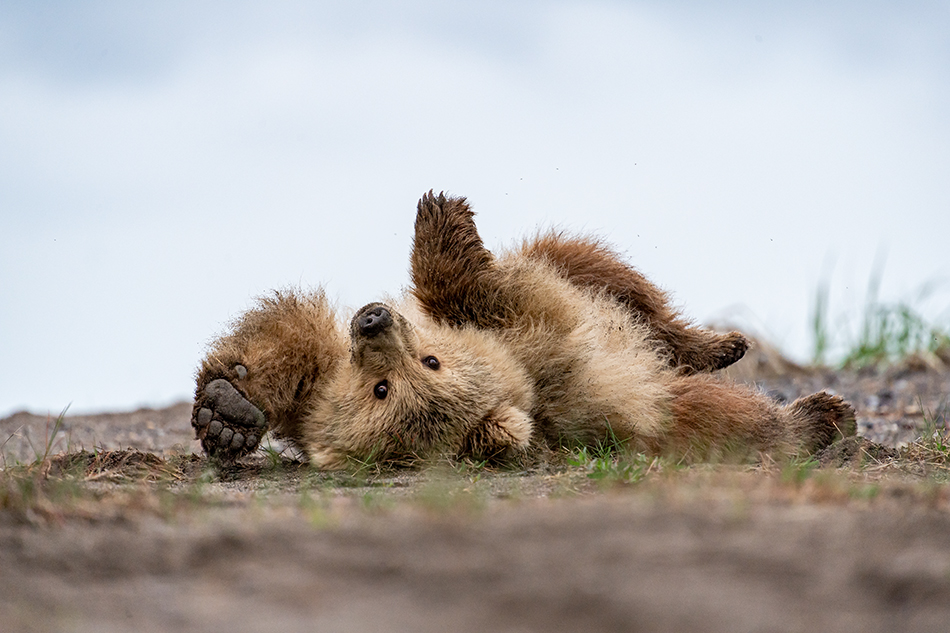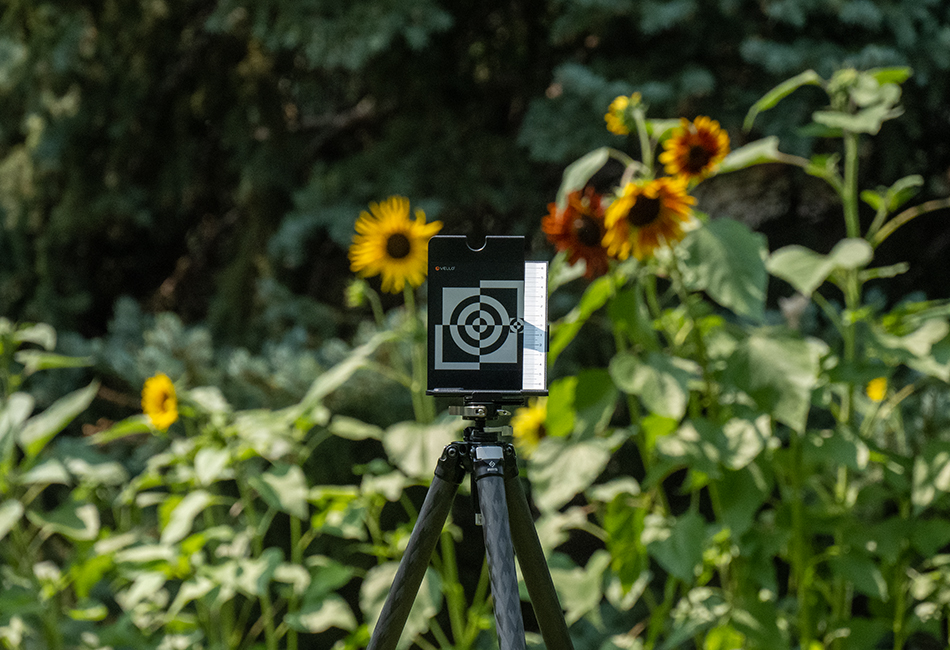
Lake Clark NP, Alaska
Recently I had someone send me a note and ask why I even bother bringing a long telephoto lens for wildlife when you can just crop down from the original file. And wouldn’t the image look better if they cropped down instead of using a teleconverter to produce the same subject size. This photographer had a 45MP camera, so they had a lot of file to use for cropping. Good question. Would a 300mm (created using a 1.4x converter) shot look the same as a cropped version? And would the teleconverter affect image quality so that cropping was better? Let’s see how that looks in real life

Here is a shot with Z7II with 70-200mm F2.8 (shot at F6.3) and 1.4x teleconverter aimed at my lens calibration chart. Notice the flowers in the background. I was shooting approximately at 280mm using the 1.4x at 200mm.

Here is a shot with my Z7II using the 24-200mm at 200mm (f6.3). But to get the lens calibration chart the same size as 280mm, I cropped down. Take a close look at the background, notice any difference?
Here are a few things to consider with this question. First, as these photos show, cropping down from a wider angle doesn’t produce the same silky bokeh you get from using a longer focal length. Honestly, this is a big deal to me with wildlife. I love shooting my 600mm F4 at F4. The background just falls aways, and the look is distinctive and powerful. I have other lenses that are probably as sharp, but nothing matches the bokeh at 600mm F4.
In terms of sharpness, both images of the subject are tack sharp. I think the new Z teleconverter is the best one I have ever used; you will be hard pressed to see loss of acuity in real life shooting. Cropping to get a sharper shot rather than using a converter doesn’t hold weight in this test. The image subjects are sharp.
Next, consider noise. If I shoot an image with my 21MP D6 and I use my 45MP D850 with a shorter focal length but just crop down to get the same 21MP size, the full frame non-cropped D6 file will have much less noise. Better to use a teleconverter rather than cropping. Most high res sensors don’t have the amazing high ISO performance of a full frame lower resolution camera.
So teleconverters win this match? Not all the time. First, remember you lose a stop of light with a 1.4x teleconverter. So in low light conditions your ISO has to go up one stop, which might really degrade the image. Next, losing that one stop of light also might make it harder for your camera to autofocus. Cameras need decent light to autofocus well. Losing a stop of light in an already dark scene might really slow down your autofocus. And finally, not all teleconverters work great on all types of lenses. I really like to use my 1.4x converters on prime lenses for the best results. The exception to that rule is the Z 1.4x converter on the Z 70-200mm…the performance is stellar.
In the end, what is important is do what works best for you. I prefer teleconverters for the optical quality benefits. But if you want to save weight, cropping using a smaller lens makes a lot of sense. We just posted a new online class that will go into more detail in this topic and many more related to wildlife photography and editing. If you have some free time, join us!